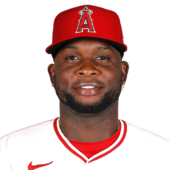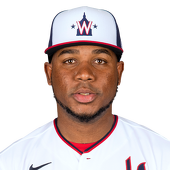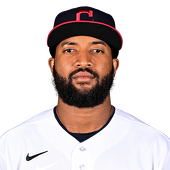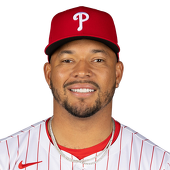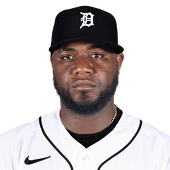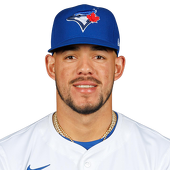2017 Fantasy Baseball Draft Strategy: Ranking the Post-Hype Sleepers – CBSSports.com
There are few things sillier than the way we hype up prospects and then get frustrated when they don’t live up to it. It’s hardly fair or productive.
The only silver lining is when other owners overreact to that initial disappointment you can sweep in and find value. That’s where the term “post-hype sleeper” comes into play. Let’s take a look at the list.
| 1 | |
| Sano’s career 41 percent hard-contact rate is going to turn into elite production at some point. | |
| 2 | |
| He’s still just 24 years old and has 39 major league home runs already. | |
| 3 | |
| Pederson has elite power and on base skills. Now he just needs the Dodgers to give him another chance against lefties. | |
| 4 | |
| The former top-20 prospect finally gets a chance to play every day. | |
| 5 | |
| Had Santana just stayed healthy last year he may have never lost the hype. | |
You can read my full thoughts on Soler, Sano and Franco in my Breakouts column, so I don’t want to spend too much time reminding you that these three were all elite level prospects who have shown flashes of the power we projected in the majors. Sano has the highest ceiling of the three, Franco probably has the highest floor and Soler will cost you almost nothing. Speaking of guys who won’t cost much at all, let’s spend a little more time on Joc Pederson and Domingo Santana.
Pederson stormed out of the gates in 2015 hitting 20 home runs with an .815 OPS in the first half before crashing hard in the second half of the season. As is often the case, his 2016 season looked more like the whole of 2015 than either half. As it stands now, Pederson strikes out way too often, but makes up for a lot of that with his exceptional walk rate and good power. His biggest obstacle to fully breaking out is the Dodgers reluctance to let him face left-handed pitching. Even if his playing time is similar to last year, he’ll be an excellent late round value with his current 17th round ADP.
If Pederson’s cost is affordable, Domingo Santana’s is almost non-existent. Santana has struck out even more than Pederson through his first 485 PA, but he’s a 24 year old who posted a .374 OBP in the minor leagues and has flashed 30 HR potential. The Brewers have plenty of OF prospects coming but have every reason to give Santana’s power a chance to play in one of the best hitter’s parks in all of baseball.
| 1 | |
| Walker is the ultimate change-of-scenery guy and he’s still just 24 years old. | |
| 2 | |
| I just can’t give up on his whiff rate. | |
| 3 | |
| Stroman will always be dependent on batted ball luck, but that won’t always be a bad thing. | |
| 4 | |
| He was a top prospect who had a rough rookie season. That doesn’t mean he’s terrible forever. | |
| 5 | |
| Control is still the issue for Bauer, but he took a step in the right direction last season. | |
We give players who reach the majors quickly a raw deal if they don’t succeed right away but it can be even worse if they do. Taijuan Walker had a 2.89 ERA in his first 58 major league innings. Michael Pineda was at 3.17 through 41 starts. Marcus Stroman had a 1.13 career WHIP heading into 2016. Then they all got worse. Well, in fairness, they all got hurt or unlucky. Also, Pineda’s not young any more, which is probably why his cost is the lowest.
Taijuan Walker is still the most interesting to me because he was sent to a terrible stadium, especially for a pitcher with a career 41 percent ground ball rate. If you’re giving up 1.8 HR/9 in a big park in Seattle, things probably aren’t going to go well in Arizona. I just don’t think that should completely overshadow the fact that we’ve got a 24-year-old pitcher moving to the inferior hitting league. Walker still has good control, still profiles as an excellent WHIP provider and is still one pitch away from being a very good overall. Here’s hoping the Diamondbacks can help him perfect that pitch.
Because of their early success, Walker, Stroman and Pineda took a while to lose the hype. Jose Berrios took the opposite route. In 14 starts he went from a consensus top 20 prospect to arguably the worst pitcher in baseball. An 8.02 ERA and 1.87 ERA can do that. But it’s 58 innings!
Berrios also threw 111.1 innings in AAA in 2016. He had a 2.51 ERA and a WHIP of 0.99. Berrios struggled mightily with his control in the majors, something he really never encountered in the minors. In other words, he failed spectacularly in a way that was inconsistent with everything we thought about him. This isn’t to say that those 58 innings are meaningless, but the certainly don’t preclude him from reaching the ceiling we thought he possessed heading into 2016.
He’ll be there at the very end of the draft when you’re desperate for upside.

